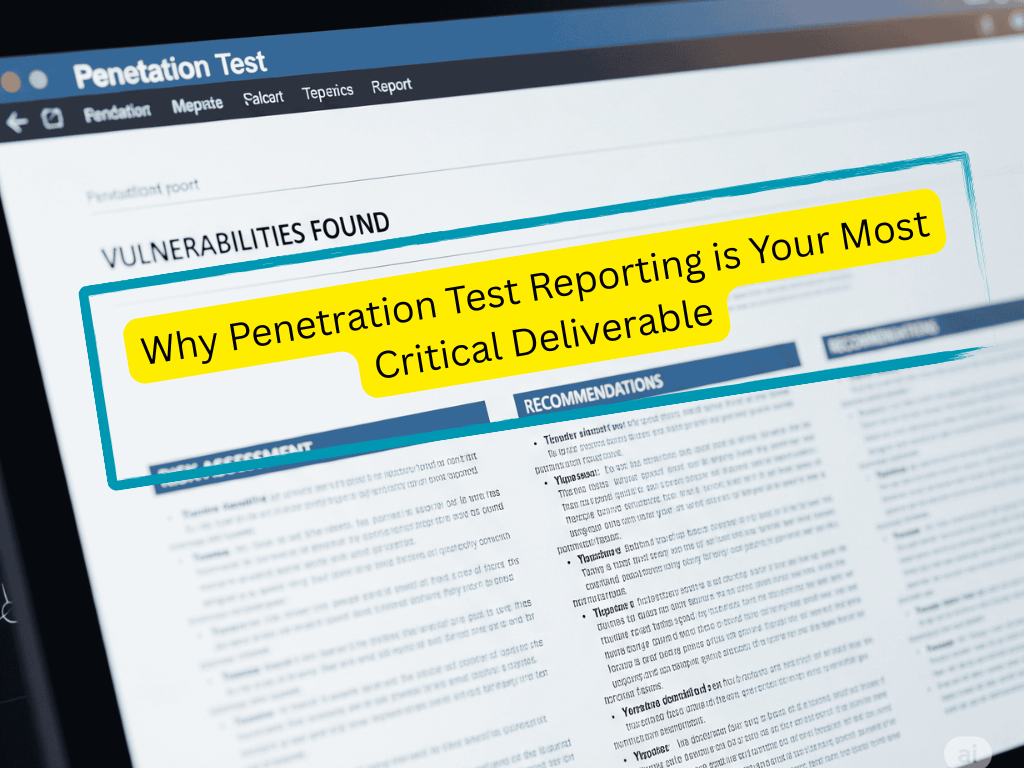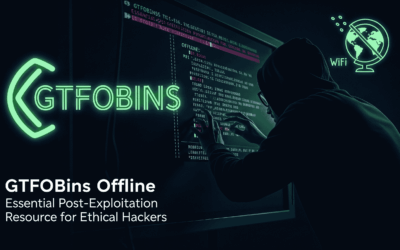Introduction
In our previous discussion, we explored the five foundational stages of ethical hacking: reconnaissance, scanning and enumeration, gaining access, maintaining access, and clearing tracks. For those familiar with professional penetration testing or cybersecurity certifications like OSCP,PNPT,eCPPT,eWPT,CRTO,CRTP, etc., a pertinent question might arise: Why isn’t “report writing” explicitly listed as a core stage? After all, delivering a comprehensive report is a mandatory, pivotal outcome of any penetration test. This blog post will delve into why reporting, though indispensable, is distinct from the active phases of an ethical hack and why it remains the ultimate measure of a successful engagement.
Why Reporting is Crucial to Ethical Hacking
The reason reporting isn’t typically listed as a distinct “sixth stage” within the core methodology of ethical hacking (reconnaissance, scanning and enumeration, gaining access, maintaining access, clearing tracks) is because it’s considered the output and culmination of the entire process, rather than an active phase within the penetration testing itself.
Here’s a breakdown of why reporting is critical and why it’s treated differently:
- The Purpose of a Pentest: The ultimate goal of a penetration test isn’t just to find vulnerabilities, but to help an organization fix them. Without a comprehensive report, the findings are largely useless to the client. The report translates technical findings into actionable intelligence for decision-makers, security teams, and developers.
- Communication and Value Delivery:
- Translating Technical Jargon: Ethical hackers find complex technical vulnerabilities. The report translates these into clear, understandable language for various stakeholders, including executives, IT managers, and technical staff.
- Demonstrating Value: The report quantifies the effort, findings, and risks, demonstrating the value of the penetration test service. It’s the tangible deliverable.
- Accountability and Audit Trail: It serves as an official record of the test, including scope, methodologies used, findings, and recommendations. This is vital for compliance, auditing, and future security improvements.
- Actionable Recommendations: A good report doesn’t just list vulnerabilities; it provides specific, actionable recommendations on how to remediate them. This often includes severity ratings, impact assessments, and detailed steps for patching or reconfiguring systems.
- Legal and Contractual Obligations:
- Client Agreements: Professional penetration testing engagements always include a scope of work and a deliverable, which is typically a detailed report. It’s a contractual obligation.
- Certifications (OSCP, eJPT, etc.): For certifications like OSCP, the report is the proof that you successfully conducted the test and understood the entire process, including the crucial step of documenting your findings and presenting them professionally. It assesses not just your technical skills but also your ability to communicate those findings effectively.
- Iterative Process: While the five stages focus on the attack simulation, the report drives the defense improvement cycle. The findings from one report feed into remediation efforts, which might then be followed by another penetration test to verify the fixes – thus, it’s part of a larger, ongoing security posture management.
Why it’s not a “stage” in the typical enumeration:
The five stages focus on the active process of compromising a system. Reporting is a post-activity consolidation and presentation of the findings. It’s the packaging of the “story” of the attack and the lessons learned.
In essence, reporting is the critical bridge between finding vulnerabilities and fixing them. It transforms raw technical output into meaningful, actionable security intelligence. That’s why professional certifications and engagements place such a high emphasis on its quality and completeness.
Final Thoughts
Ultimately, while the five stages of ethical hacking delineate the active methodology of discovering and demonstrating vulnerabilities, reporting transcends being merely another step; it is the essential bridge that transforms raw technical findings into tangible organizational value. It’s the moment where the simulated attack translates into actionable defense strategies. A penetration test without a well-crafted report is akin to a doctor performing a diagnosis but never telling the patient what’s wrong or how to get better.
The emphasis on comprehensive reporting in professional certifications and engagements isn’t an arbitrary add-on. It underscores the critical fact that effective communication is as vital as technical prowess in cybersecurity. The report is your opportunity to clearly articulate risks, justify investments in security improvements, and provide the roadmap for remediation. It serves as your client’s audit trail, their guide to strengthening defenses, and ultimately, the measure of your success. Recognizing reporting as the crucial culmination and actionable output of the entire ethical hacking process, rather than just another phase, is fundamental to truly understanding the full scope of a professional penetration testing engagement.




